Sometimes, cooking is art. Other times, it’s science. When it comes to baking, both are involved, which is what can cause problems for those who are otherwise skilled in the kitchen. Whereas throwing together ingredients and tossing them in the slow cooker or on the grill can produce delicious results, baking demands precision.
I have experienced great successes when making a host of dishes that don’t require me to get overly scientific
A little too much sugar in the dough can cause cookies to flatten, caramelize or end up burned. Setting an oven to the wrong temperature – or failing to preheat – can produce bread or cakes that are unevenly cooked. Similarly, opening the oven door to check on things too often can result in temperature fluctuations that lead to an imperfect finished product. Insufficiently lubricating your baking vessel can prevent one from getting the baked goods out once they’ve finished cooking.
Even failing to bring your ingredients to the correct temperature prior to mixing can cause problems, as can overmixing your dough, which results in the production of too much gluten which, in turn, makes your creation sink, disappointingly, when it comes out of the oven.
These are all reasons why I, despite having a father famous for breads and cinnamon rolls, have never learned the craft. I have experienced great successes in the kitchen when making a host of dishes that don’t require me to get overly scientific. On numerous occasions, I’ve had requests to whip up a pot of Julia Child’s comforting soupe à l’oignon.
Pork shoulders and roasts have been demolished, as has a grilled Greek chicken, the recipe for which I made up and which exists only in my head as a list of ingredients. I have, though, recently dipped my toe into the world of baking and have found, thanks to modern conveniences, it’s not to be feared – so long as you’re willing to take a few shortcuts.
Cakes, for example, are fairly easy and not a bad place to start. I have made cakes from scratch, but honestly, the boxed versions are just as good. Pies, though, with their flaky crusts, long eluded me. At least they did until I found myself in possession of a large amount of Arkansas Black apples and decided to give pie-making a whirl. To make the crust, I went to the grocery store and purchased one, which is the most crucial step if a person who is not a baker wants to make an apple pie. And given that consumerism has almost become more American than mom, baseball and said pie, it’s a step that doesn’t culturally taint the final product.
Pre-shredded cheese, with cellulose added to keep it from clumping, fools no one. Frozen burger patties are a borderline abomination (although there are occasionally places and times for them).
The store-bought pie crust, though, while not quite as delicious as homemade, is more a vessel for the filling than the star of the show. A word of caution, though. Skip the frozen ones and go for a refrigerated variety. Pillsbury is surprisingly good, most likely because it’s made with lard rather than oil.
From there, it’s magnificently simple to get to a warm, delicious pie – one that can be adorned with a scoop of vanilla ice cream or drizzled with caramel. You could even go for both.
And if you serve it to your mother while watching a baseball game – even if your mom herself is a baker – she’ll be none the wiser about the shortcut you took.
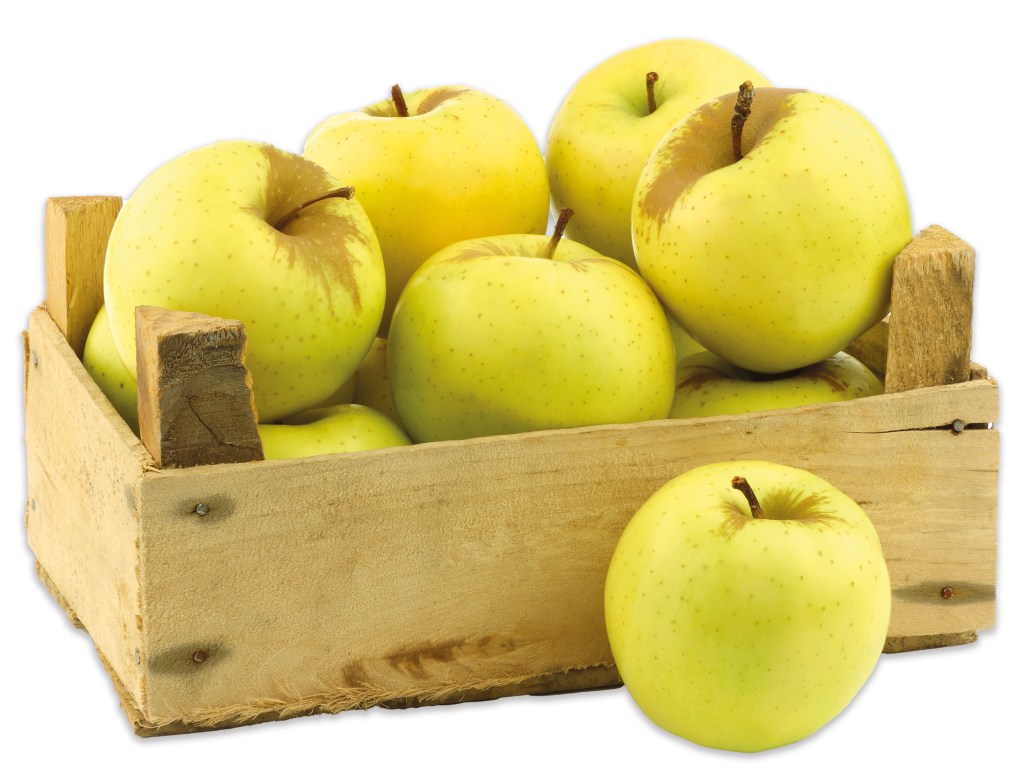
THE CHEAT’S APPLE PIE
Makes: 1 x 9-inch pie
Takes: 30 minutes
Cooking time: 45-55 minutes
- Store-bought pie crust
- 5-6 cups of thinly sliced apples
- ½-⅔ cup of white or brown sugar, depending on the tartness of the apples
- ⅛ tsp salt
- 1-1½ tbsp cornstarch, depending on the juiciness of the apples (use more for juicier fruit)
- ⅛ tsp each of cinnamon and/or nutmeg, if desired
- Preheat the oven to 450°F.
- Peel, core and slice apples and place them in a bowl.
- Combine the dry ingredients and sprinkle over the apple slices, stirring well to ensure an even coating.
- Place your crust in a greased 9-inch pie dish and pour the apple mixture into the crust.
- Cover with the top crust and crimp the edges with a fork.
- Bake at 450°F for ten minutes, then reduce the temperature to 350°F and bake for an additional 35 to 45 minutes.
- Allow to cool for at least an hour, then celebrate your successful transition from mere cook to baker.
This article was originally published in The Spectator’s October 13, 2025 World edition.



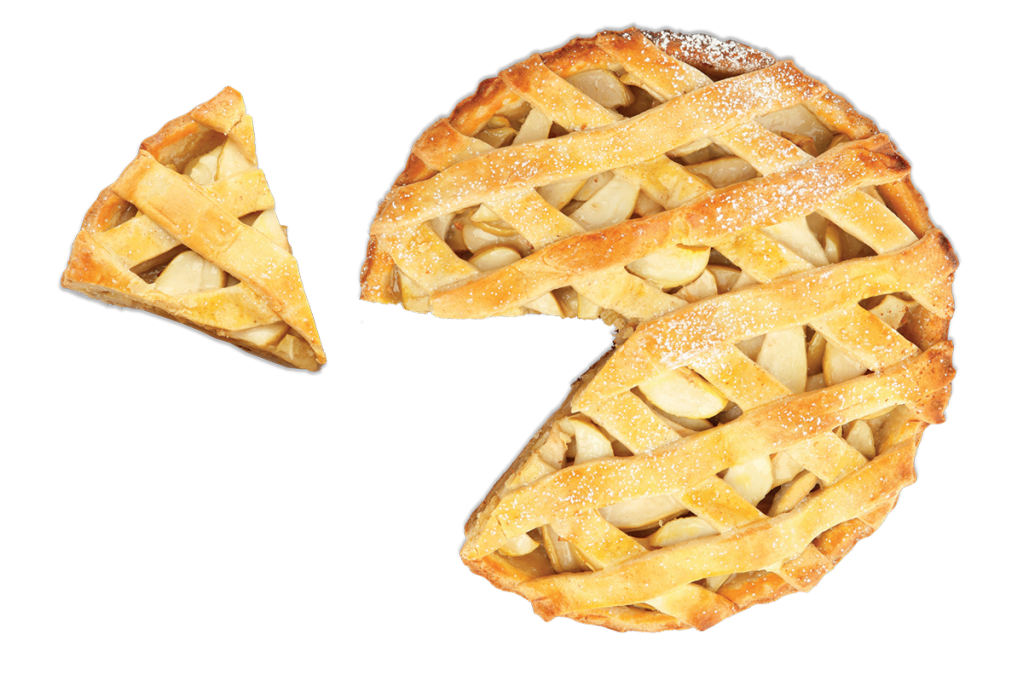









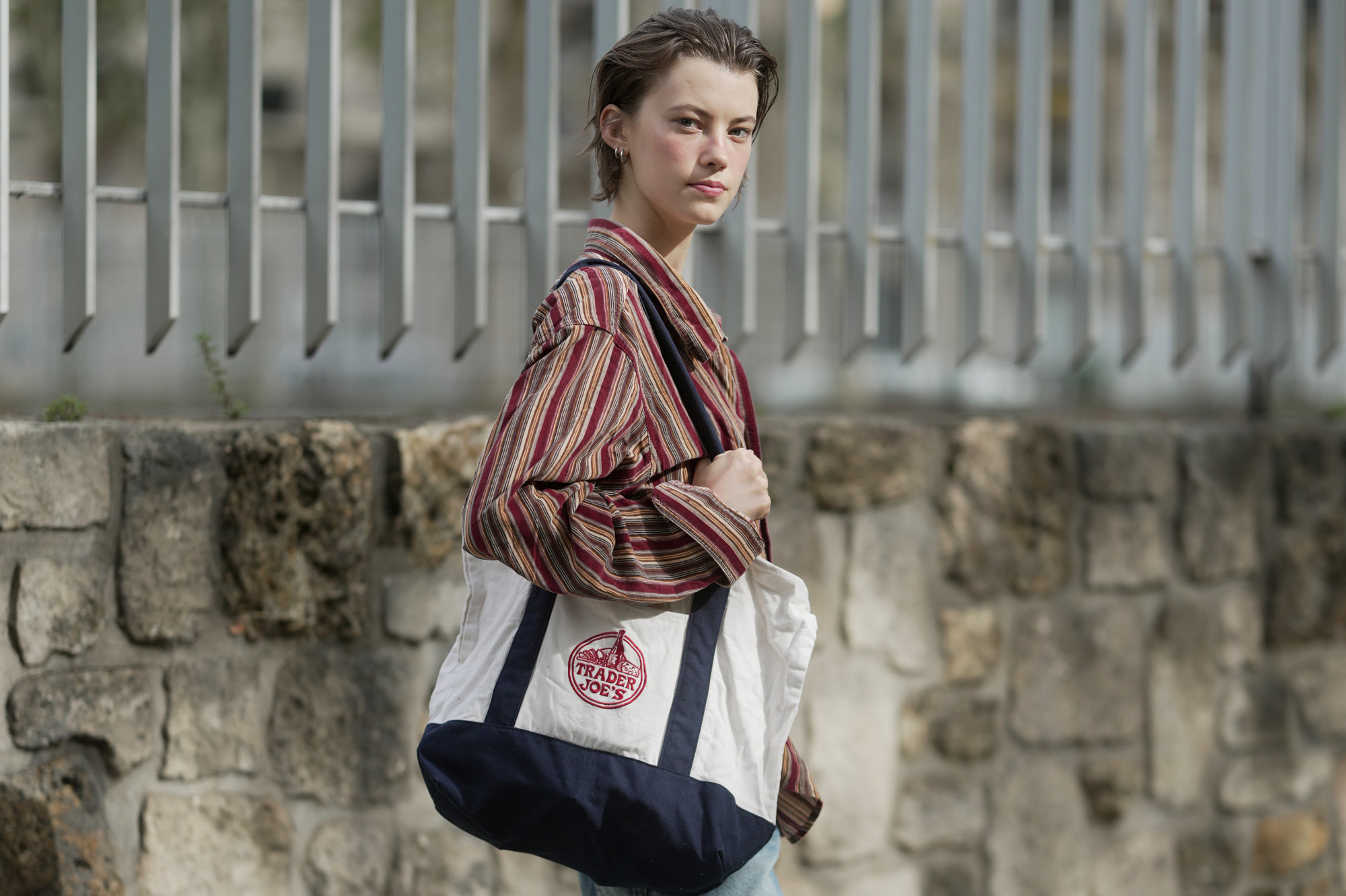
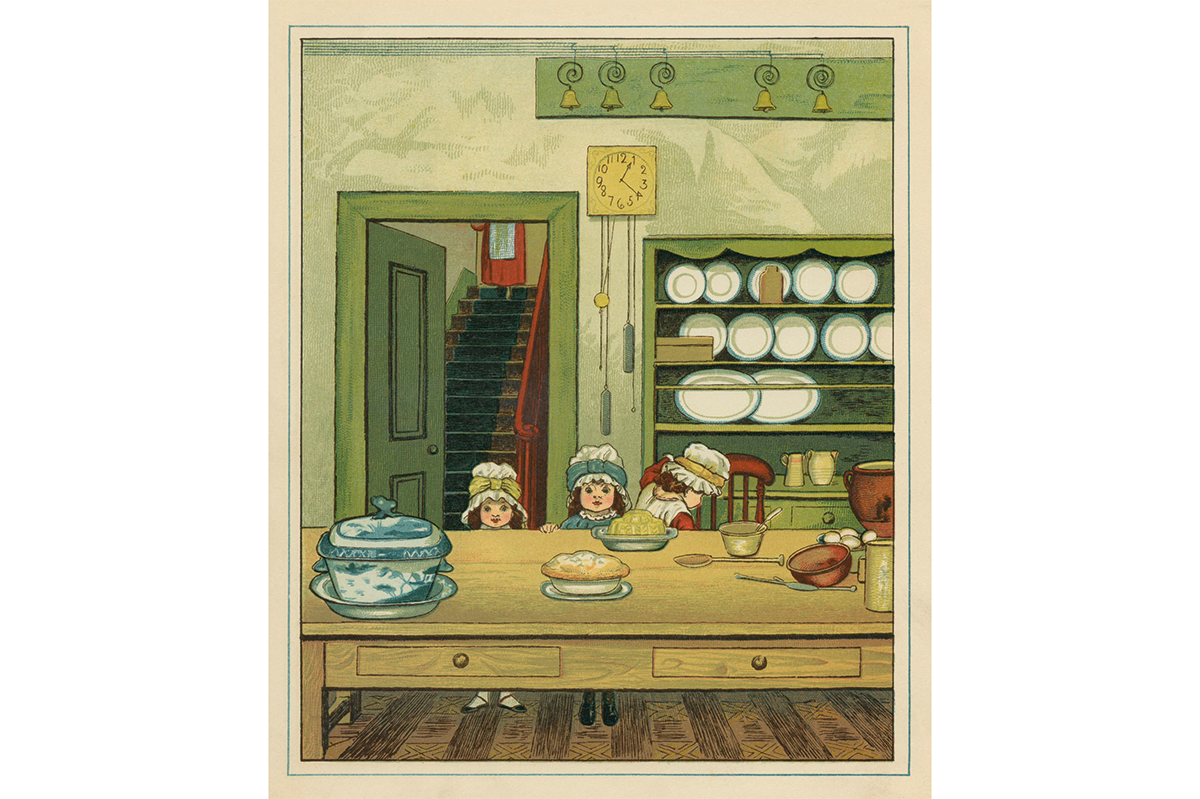
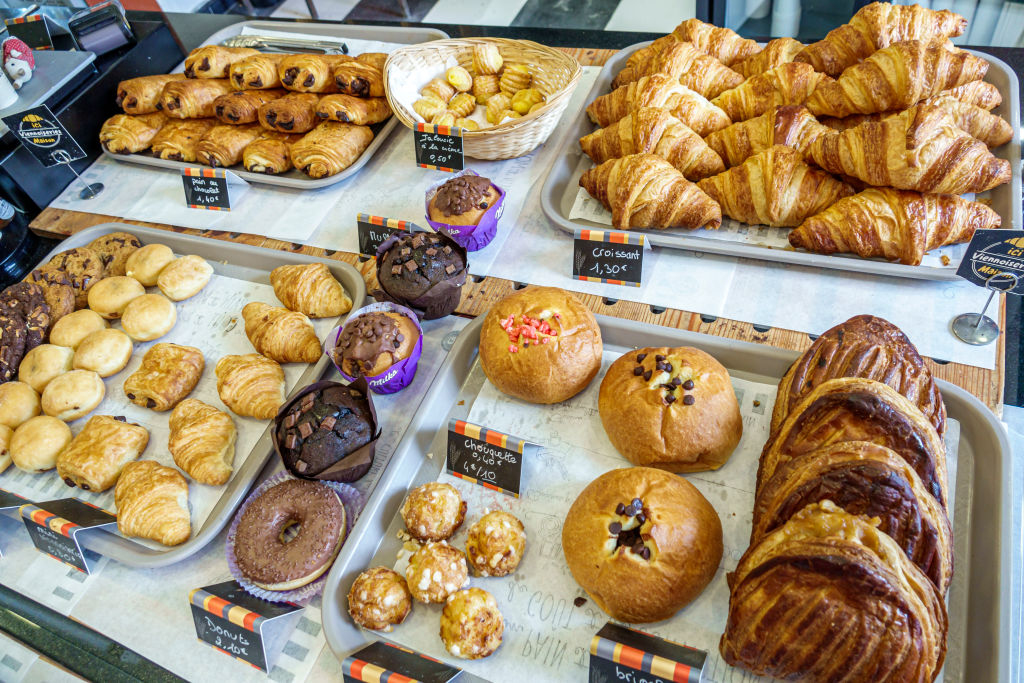
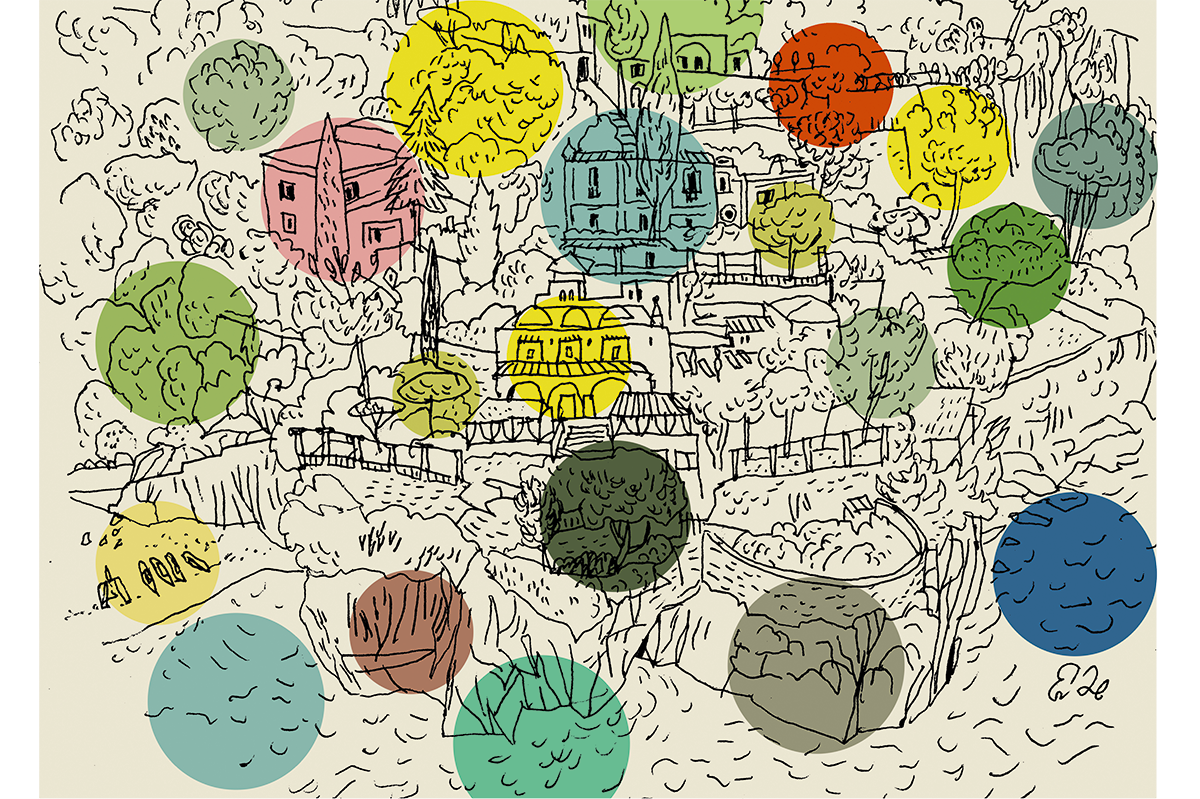

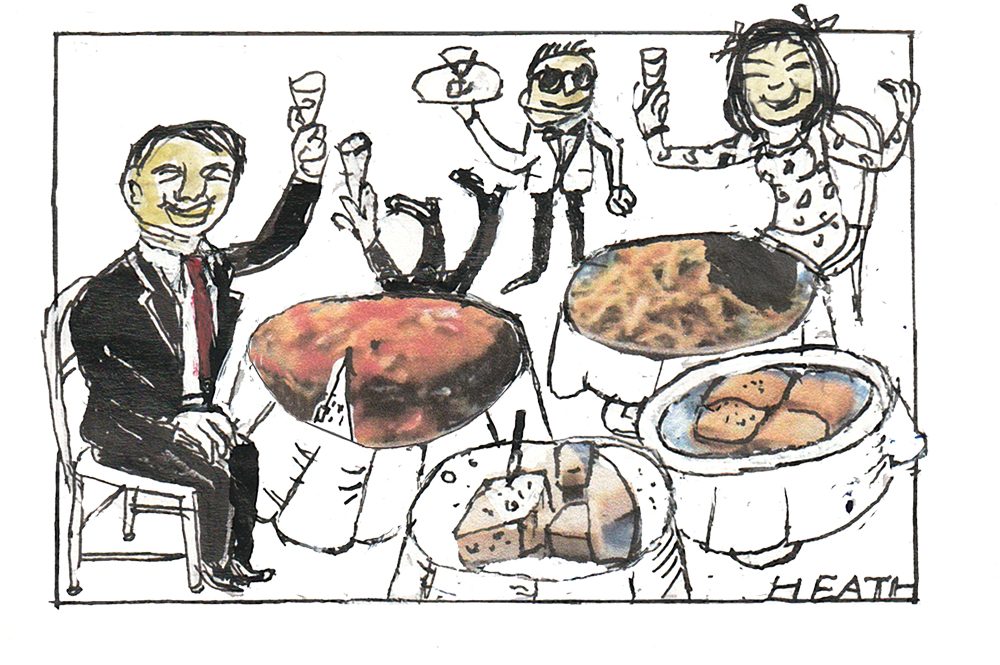







Leave a Reply